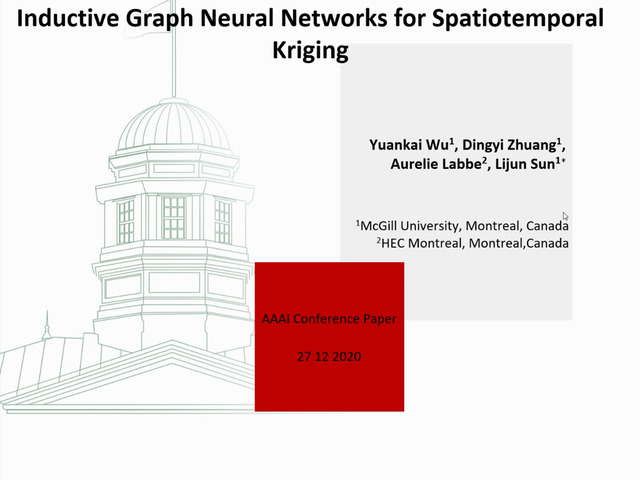Abstract:
To explain deep neural networks, many perturbation-based saliency methods are studied in the computer vision domain. However, previous perturbation-based saliency methods require iterative optimization steps or multiple forward propagation steps. In this paper, we propose a new perturbation-based saliency that requires only one backward propagation step by approximating the perturbation effect on the output in the local area. We empirically demonstrate that our method shows fast computations and low memory requirements comparable to other most efficient baselines. Furthermore, our method simultaneously considers all possible perturbing directions so as not to misestimate the perturbation effect. Our ablation study shows that considering all possible perturbing directions is crucial to obtain a correct saliency map. Lastly, our method exhibits competitive performance on the benchmarks in evaluating the pixel-level saliency map. Code is available at https://github.com/vinnamkim/OPPSD.









































